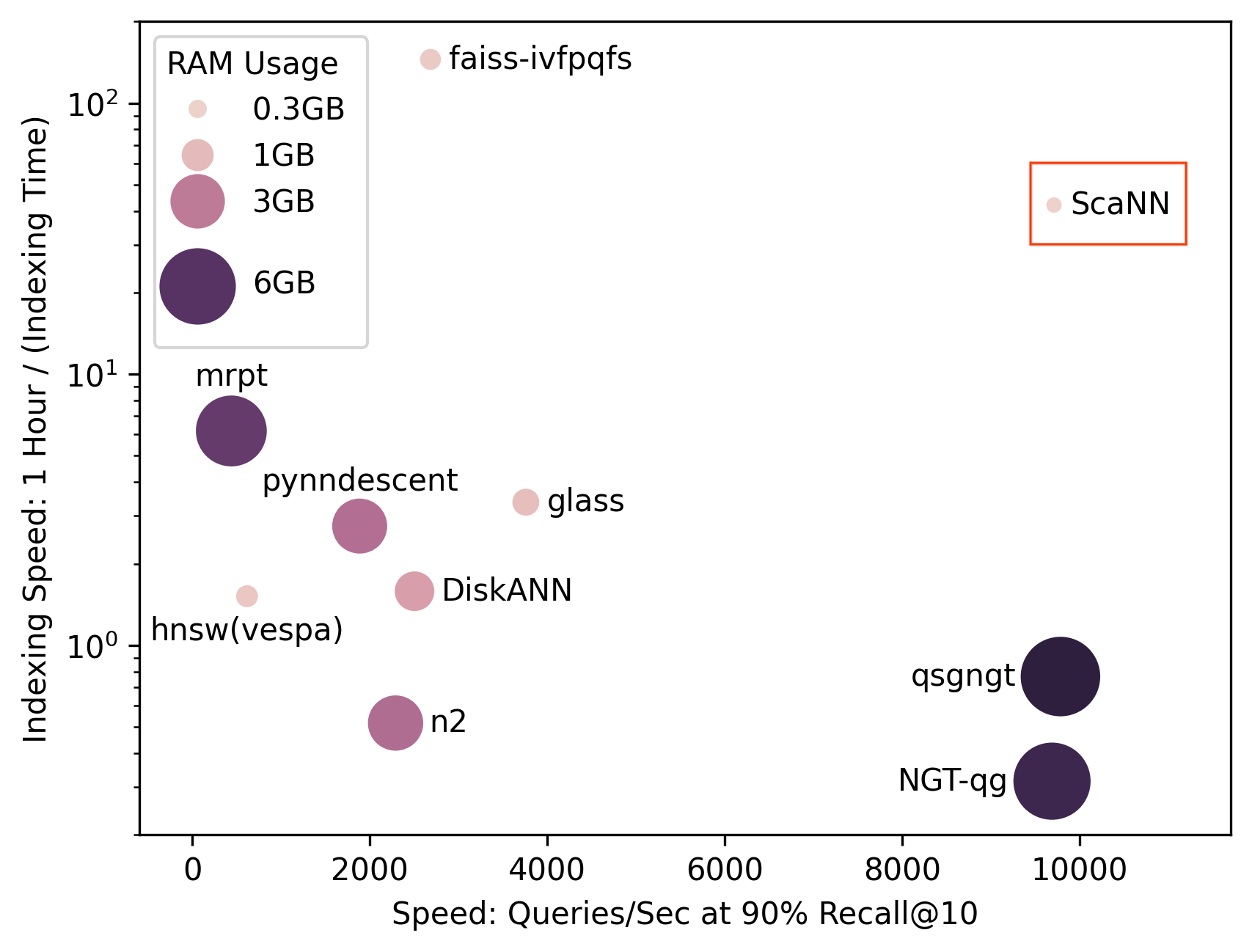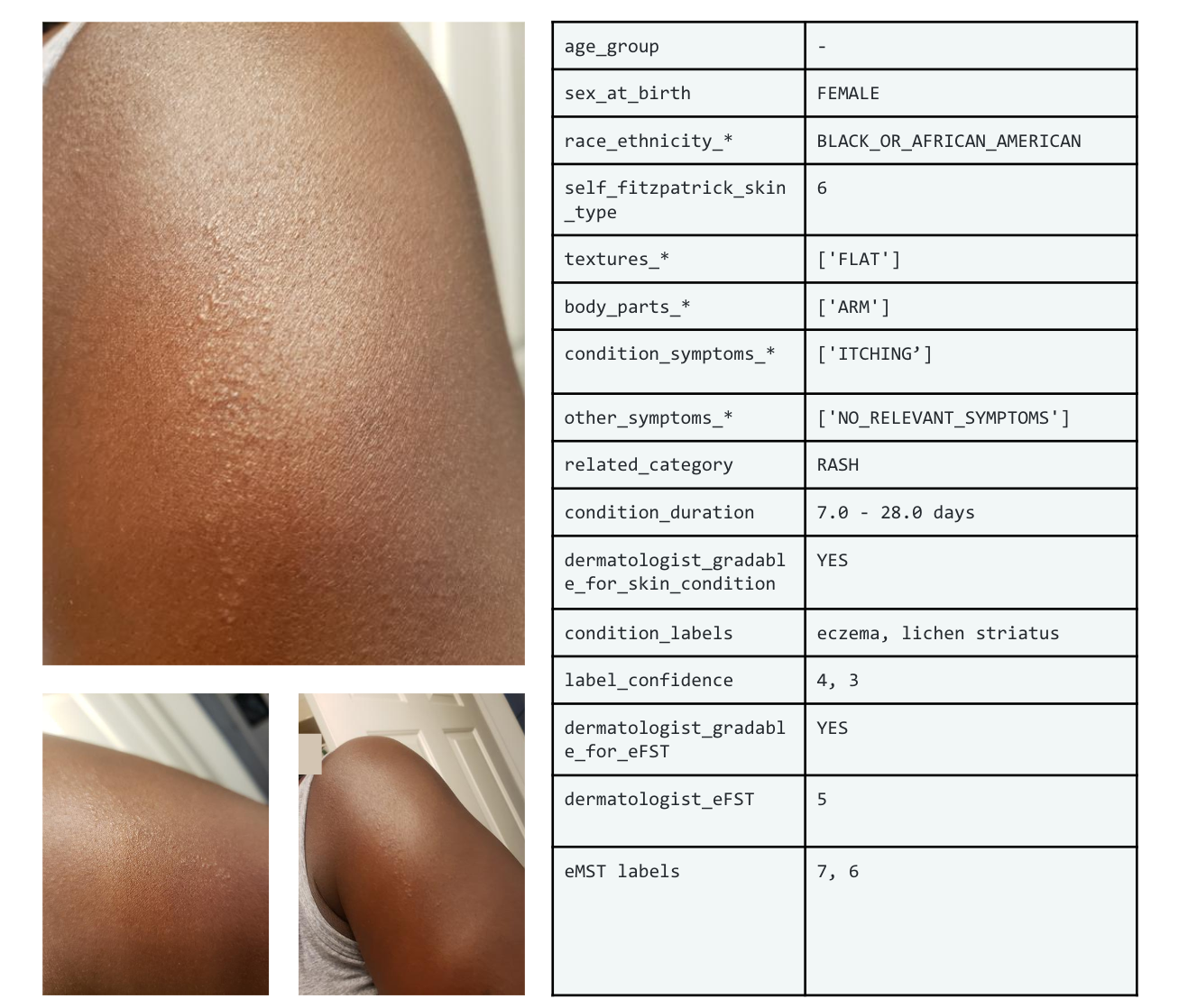
Flexible, Scalable, Differentiable Simulation of Recommender Systems with RecSim NG
April 29, 2021
Posted by Martin Mladenov, Research Scientist and Chih-wei Hsu, Software Engineer, Google Research
Recommender systems are the primary interface connecting users to a wide variety of online content, and therefore must overcome a number of challenges across the user population in order to serve them equitably. To this end, in 2019 we released RecSim, a configurable platform for authoring simulation environments to facilitate the study of RL algorithms (the de facto standard ML approach for addressing sequential decision problems) in recommender systems. However, as the technology has progressed, it has become increasingly important to address the gap between simulation and real-world applications, ensuring that models are flexible and easily extendible, enabling probabilistic inference of user dynamics, and addressing computational efficiency.
To address these issues, we recently released RecSim NG, the “Next Generation” of simulators for recommender systems research and development. RecSim NG is a response to a set of use cases that have emerged as important challenges in the application of simulation to real-world problems. It addresses the gap between simulation and real-world applications, ensures the models are flexible and easily extendible, enables probabilistic inference of user dynamics, and addresses computational efficiency.
Overview of RecSim NG
RecSim NG is a scalable, modular, differentiable simulator implemented in Edward2 and TensorFlow. It offers a powerful, general probabilistic programming language for agent-behavior specification.
RecSim NG significantly expands the modeling capabilities of RecSim in two ways. First, the story API allows the simulation of scenarios where an arbitrary number of actors (e.g., recommenders, content consumers, content producers, advertisers) interact with one another. This enables the flexible modeling of entire recommender ecosystems, as opposed to the usual isolated user-recommender interaction setting. Second, we introduced a library of behavioral building blocks that, much like Keras layers, implement well-known modeling primitives that can be assembled to build complex models quickly. Following the object-oriented paradigm, RecSim NG uses entity patterns to encapsulate shared parameters that govern various agent behaviors, like user satisfaction, and uses templates to define large populations of agents concisely in a way that abstracts agent “individuality” without duplicating invariant behaviors.
Apart from the typical use of simulators to generate Monte Carlo samples, RecSim NG directly enables various other forms of probabilistic reasoning. While domain knowledge and intuition are key to modeling any recommendation problem, the simulation fidelity needed to bridge the so-called “sim2real” gap can only be achieved by calibrating the simulator’s model to observed data. For data-driven simulation, RecSim NG makes it easy to implement various model-learning algorithms, such as expectation-maximization (EM), generative adversarial training, etc.
Also available within RecSim NG are tools for probabilistic inference and latent-variable model learning, backed by automatic differentiation and tracing. RecSim NG exposes a small set of Edward2 program transformations tailored to simulation-specific tasks. Its log-probability module can evaluate the probabilities of trajectories according to the probabilistic graphical model induced by the simulation. This, together with the automatic differentiation provided by the TensorFlow runtime, enables the implementation of maximum-likelihood estimation and model learning within the simulation itself. RecSim NG can readily use the Markov-chain Monte Carlo (MCMC) machinery provided by TensorFlow Probability to power posterior inference and latent-variable model learning. For example, a simulation model that describes how latent user attributes (e.g., preferences, intents, satisfaction) are translated into observational data (e.g., clicks, ratings, comments) can be “run in reverse,” that is, real observational data generated by a recommender system can be used to identify the most likely configuration of latent user attributes, which in turn can be used to assess the quality of the user experience. This allows for a simulation model to be integrated directly into the full data-science and model-development workflow.
Assessing recommender ecosystem health, i.e., the long-term impact of recommendation strategies on aspects such as overall satisfaction, collective fairness, and safety, requires the simulation of large multi-agent systems in order to plausibly reproduce the interactions between the different participants of the ecosystem. This, along with the computational load of probabilistic inference tasks, requires an efficient simulation runtime. For computational performance, RecSim NG offers a TensorFlow-based runtime for running simulations on accelerated hardware. The simulation takes advantage of all optimizations offered by TensorFlow's AutoGraph compiler, including accelerated linear algebra (XLA) if available. The simulation will automatically exploit all available cores on the host machine as well as specialized hardware (if run accordingly), such as Tensor Processing Units (TPUs). The core RecSim NG architecture is back-end independent, enabling applications to be developed within other computational frameworks (such as JAX or PyTorch).
Ecosystem Modeling as an Application
To demonstrate the capabilities of RecSim NG, we present a very simplified model of multi-agent interactions among users and content providers in a stylized recommender ecosystem1. The simulation captures the dynamics of a recommender system that mediates the interaction between users and content providers by recommending slates of those providers’ content items to users over time. We adopt a simplified user model whereby each user is characterized by a static, observable “user interest vector.” This vector determines a user’s affinity with a recommended item, which are then used as inputs to a choice model that determines a user’s item selection from a recommended slate. A user’s utility for any selected item is simply their affinity for the item, perturbed with Gaussian noise.
The aim of the recommender is to maximize cumulative user utility, over all users, over a fixed horizon. However, interesting ecosystem effects make this challenging, and emerge because of content provider behavior. Like users, each provider has an “interest vector'' around which the content items it makes available are centered, reflecting that provider’s general expertise or tendencies. Providers have their own incentives for making content available: their utility is measured by the number of their items selected by any user over the recent past. Moreover, providers with higher utility generate or make available a greater number of items, increasing the “catalog” from which users (and the recommender) can choose.
We compare two different recommender policies in this setting. The first is a standard “myopic'' policy that, for any user, always recommends the items that have the greatest predicted affinity for that user. Under such a policy, the behavior of providers has the potential to give rise to “rich-get-richer'' phenomena: providers that initially attract users produce more items at subsequent periods, which increases the odds of attracting even further future engagement. This gradual concentration of available items around “mainstream” content providers has a negative impact on overall user utility over time. The second recommender policy is aware of these provider dynamics, which it counteracts by promoting under-served providers.2 While a simple heuristic, the provider-aware policy increases overall user utility over extended horizons.
The number of agents in the simulation is large and we templatize both users and content providers with reusable modeling blocks offered by RecSim NG. Determining how to execute the simulation in parallel is non-trivial, so it is critical to utilize TF's AutoGraph and other computational optimizations.
Conclusion
Our hope is that RecSim NG will make it easier for both researchers and practitioners to develop, train and evaluate novel algorithms for recommender systems, especially algorithms intended to optimize system behavior over extended horizons, capture complex multi-agent interactions and incentives, or both. We are also investigating the release of increasingly realistic user models that can serve as benchmarks for the research community, as well as methods that can facilitate “sim2real” transfer using RecSim NG.
Further details regarding the RecSim NG framework can be found in the associated white paper, while code and colabs/tutorials are available here. A video about RecSim NG presented at RecSys-2020 is shown below:
Acknowledgements
We thank our collaborators and early adopters of RᴇᴄSɪᴍ NG, including the other members of the RecSim NG team: Vihan Jain, Eugene Ie, Chris Colby, Nicolas Mayoraz, Hubert Pham, Dustin Tran, Ivan Vendrov and Craig Boutilier.
1 This model is a much simpler version of that presented in this ICML-20 paper. ↩
2 This simple heuristic policy is used only to demonstrate RecSim NG’s capabilities. More sophisticated algorithms that compute policies that explicitly maximize long-term user utility are discussed in this ICML-20 paper. ↩


